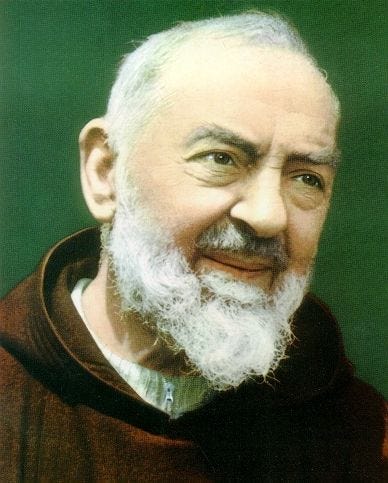New Catholic med school draws inspiration from Padre Pio

From abortion to assisted suicide to in vitro fertilization, moral challenges in the field of medicine abound in the United States.
The Catholic Church proclaims the dignity of every human life. But protecting that dignity in the medical field requires doctors who are formed in a Catholic worldview and morality, says Dr. George Mychaskiw, II, DO.
Mychaski…
